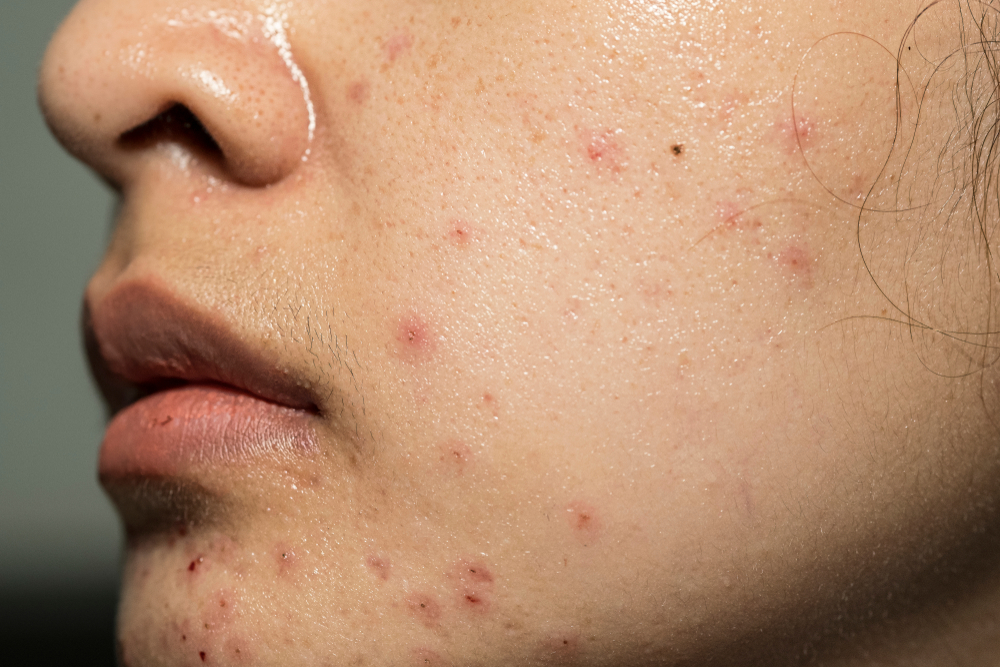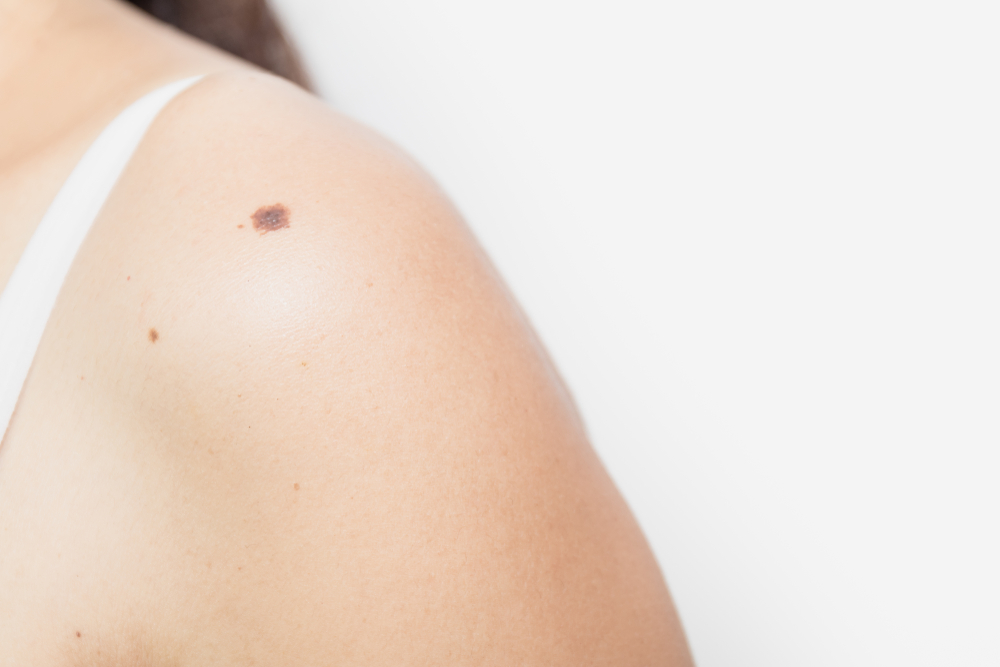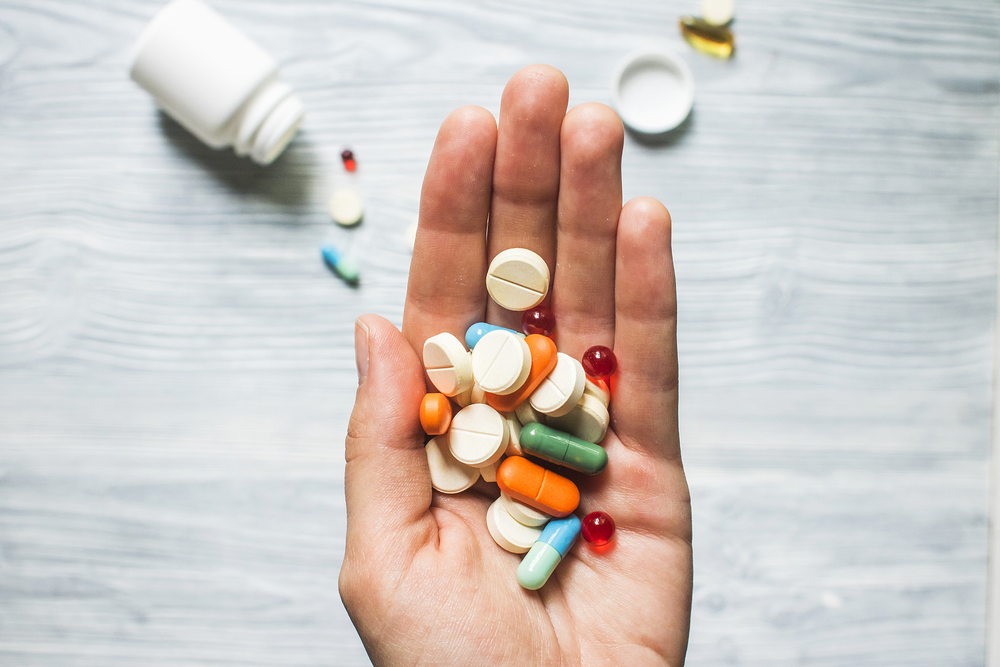Contents:
- Medical Video: Mayo Clinic Minute: What's wrong with trans fat?
- 1. What is trans fat?
- 2. Why do many foods use artificial trans fat?
- 3. Why is trans fat not good?
- 4. What foods contain trans fat?
- 5. How to avoid trans fat?
Medical Video: Mayo Clinic Minute: What's wrong with trans fat?
With the increase in diseases associated with hypertension and obesity, doctors have warned to be careful of your eating habits. Avoiding fat is one of the main suggestions, especially trans fat. Trans or trans fat fat is considered by many doctors as the worst type of fat to consume.
But what is trans fat and why is it considered dangerous? Check out some of the following basic information.
1. What is trans fat?
Trans or trans fat fatty acids are formed when the oil liquid becomes solid fat.
There are two types of trans fat found in food: trans natural fat and artificial trans fat. Natural trans fat is produced in the intestines of some animals and food produced from these animals. For example, milk and meat products can contain a small amount of trans fat.
Trans-made fats (or trans fatty acids) are produced from an industrial process that adds hydrogen to the liquid vegetable oil to make it more dense.
2. Why do many foods use artificial trans fat?
The plant produces trans fat through a process called hydrogenation - the process by which vegetable oil is converted into solid fat by adding hydrogen atoms. Hydrogenation increases the age of storage and food taste stability. In other words, make food last longer.
Trans fat is easy to use, not expensive to produce, and it also lasts long. Trans fat provides good taste and texture to food. Many restaurants and ready-to-use outlets use trans fat to fry food because oil with trans fat can be used several times.
3. Why is trans fat not good?
Trans fat increases "bad cholesterol" or LDL, and increases your chances of getting heart disease. Trans fat also lowers "good cholesterol" aka HDL. High levels of LDL cholesterol combined with low HDL levels increase the risk of heart disease, the leading cause of death in men and women, and are associated with a high risk of type 2 diabetes.
4. What foods contain trans fat?
The trans fat form from the factory, known as partial hydrogenation oil, is found in various food products, such as:
- Baked food. Most cakes, pastries, pies, and biscuits contain shortening, which is usually made from partially hydrogenated vegetable oil. Prepared frosting is also a source of trans fat.
- Snack. Potato chips, corn and tortillas generally contain trans fat. Even though popcorn can be a healthy snack, many types of popcorn are packaged using trans fat to cook or taste popcorn.
- Fried food. Foods that require technique deep frying - French fries, donuts and fried chicken - can contain trans fat used during the cooking process.
- Cooled dough. Products such as canned biscuits and cinnamon rolls often contain trans fat, and frozen pizza bread.
- Creamer and margarine. Coffee creams and margarine can also contain partially hydrogenated vegetable oils.
Small amounts of trans fat often occur naturally in some meat and milk products, including beef, lamb and butterfat. There have not been enough studies to determine whether this natural trans fat has the same bad effect as trans fats processed by factories.
5. How to avoid trans fat?
If you want to reduce trans fat intake, you should:
- Eating a diet that increases fruit, vegetables, whole grains, low-fat dairy products, poultry, fish and beans. And, limit consumption of red meat, food, and drinks that contain lots of sugar.
- Use non-hydrogenated natural vegetable oils such as canola, safflower, sunflower and olive oil.
- Choose processed foods made from non-hydrogenated oils rather than vegetable oils that are not hydrogenated or partially hydrogenated or saturated fats.
- Use soft margarine instead of butter, and choose soft margarine (liquid or tub) rather than a harder stick. Look for "0 g trans fat" on the nutritional information label and without hydrogenation oil in the composition list.
- Donuts, cookies, crackers, muffins, pie and cakes are examples of foods that can contain trans fat. Limit consumption of these foods.
Limit consumption of fried foods and bake with partially hydrogenated shortening or vegetable oil. Not only are these foods very rich in fat, but they are likely to be trans fats.
Take some time to read food labels, and choose healthier choices. This habit can maintain your health and money in the long run.












